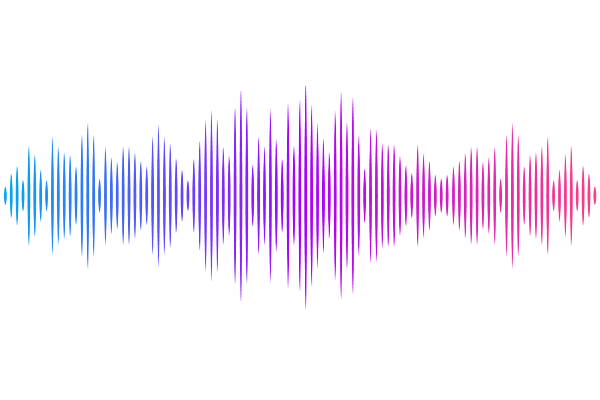Semiclassical evolution of a dynamically formed spherical black hole with an inner horizon

Semiclassical evolution of a dynamically formed spherical black hole with an inner horizon
Valentin Boyanov, David Hilditch, Artur Semião
AbstractIn this work we obtain a numerical self-consistent spherical solution of the semiclassical Einstein equations representing the evaporation of a trapped region which initially has both an outer and an inner horizon. The classical matter source used is a static electromagnetic field, allowing for an approximately Reissner-Nordstr\"om black hole as the initial configuration, where the charge sets the initial scale of the inner horizon. The semiclassical contribution is that of a quantum scalar field in the "in" vacuum state of gravitational collapse, as encoded by the renormalised stress-energy tensor in the spherical Polyakov approximation. We analyse the rate of shrinking of the trapped region, both from Hawking evaporation of the outer apparent horizon, as well as from an outward motion of the inner horizon. We also observe that a long-lived anti-trapped region forms below the inner horizon and slowly expands outward. A black-to-white-hole transition is thus obtained from purely semiclassical dynamics.